The city of Lake Elsinore in Southern California has announced the closure of its Walker Canyon in anticipation of the seasonal bloom of wild poppies. The city experienced a “super bloom” of poppies in 2019, which drew in thousands of visitors, causing gridlocks, overcrowding, and even environmental damage. To prevent a repeat of the chaos, the city has closed the trails, roads, and parking areas surrounding Walker Canyon and will not be running shuttles to the location. The closure of Walker Canyon is a result of the increasing issue of overtourism, where popular destinations are being forced to shut down due to excessive tourist traffic.
Mayor Natasha Johnson stated that while Lake Elsinore typically welcomes visitors to enjoy its vibrant community and boost its economy, the visitors to Walker Canyon in 2019 resulted in a cost that was too high for the residents and wildlife. Riverside Sheriff Chad Bianco warned that any visitors to the canyon could face steep penalties and even arrest as they will be implementing a zero-tolerance policy for trespassing and parking on the sides of the roadways.
The closure of Walker Canyon has received mixed reactions from the public, with some residents being disappointed while others are glad to avoid gridlocks. Some have criticized the city for missing out on the opportunity to make money from the phenomenon, but Mayor Johnson stressed that the city’s main focus is the safety and preservation of its community.
For those looking to enjoy the beauty of the wild poppies, the city has live video footage of Walker Canyon available on its website. Mayor Johnson encourages visitors to focus on the Super Bowl and not the “super bloom” that is not happening this year. With the new rules of travel, it is important to respect the efforts being made to preserve natural resources and to avoid being an overtourist.
Lake Elsinore Prevents Repeat of 2019 “Super Bloom” Chaos with Walker Canyon Closure
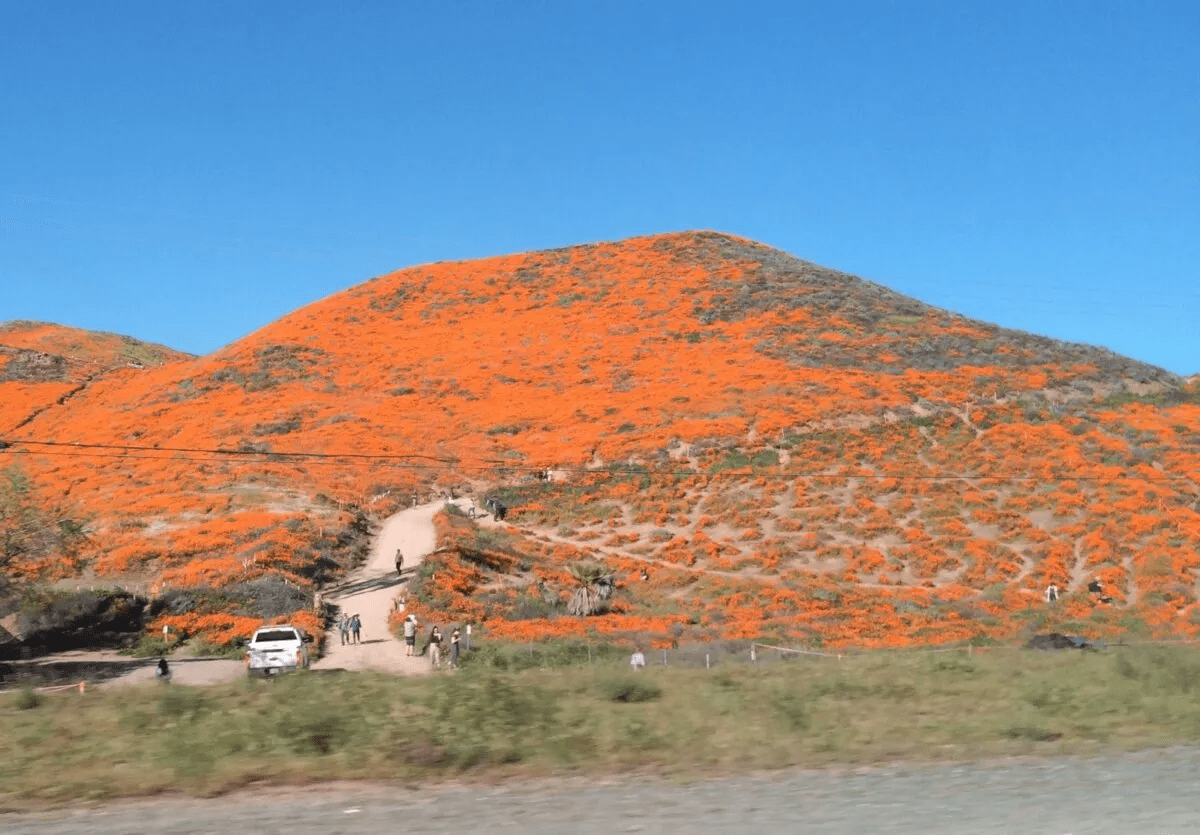
Latest from Nature
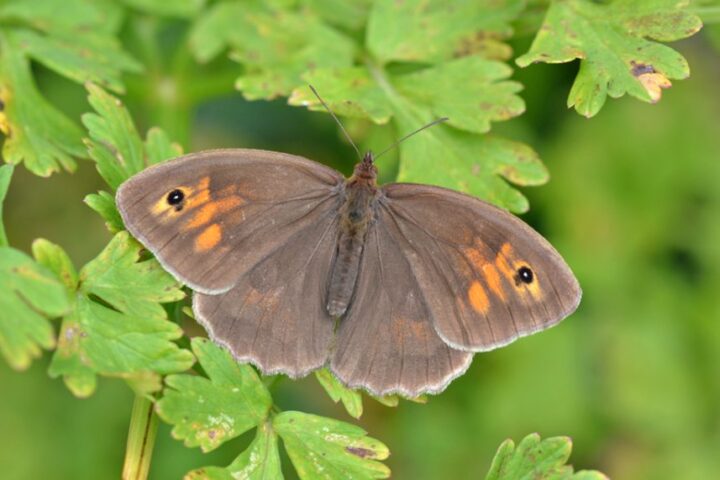
Farm Hedgerows Significantly Boost UK Butterfly Numbers as 2024 Marks Worst Decline Ever, Oxford Study Shows
Trees and hedgerows significantly increase butterfly numbers in UK farmlands, according to new research from Oxford University. This finding comes when butterfly populations desperately need help – 2024 was one of the
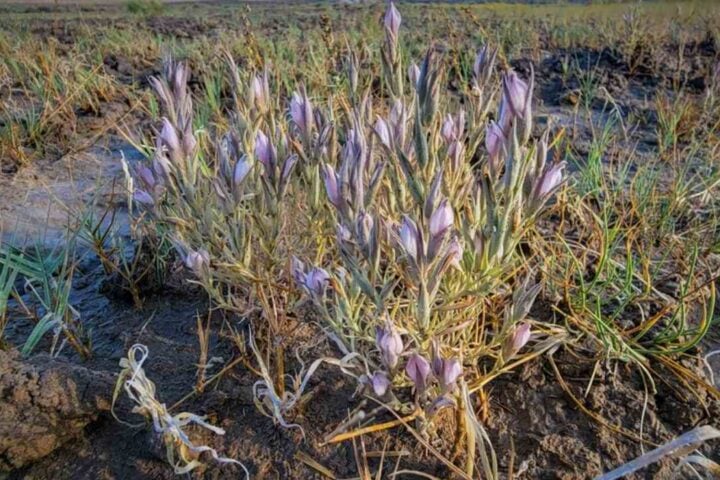
Lawsuit Filed to Protect Rare Desert Wildflower as 9-Month Federal Deadline Missed in Nevada Water Crisis
A rare desert wildflower that depends on groundwater for survival is at the center of a new environmental lawsuit. The Center for Biological Diversity sued the U.S. Fish and Wildlife Service on
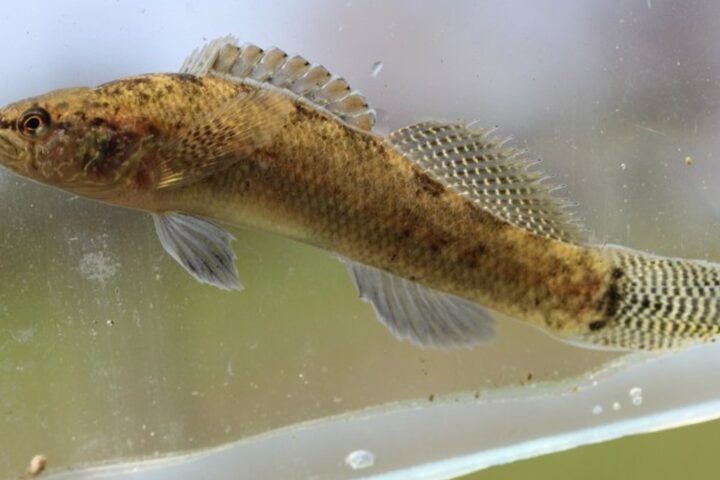
Tennessee’s Barrens Darter Fish Faces Extinction With Only 5 Populations Left in 6 Miles of Streams
After decades of advocacy and legal battles, the U.S. Fish and Wildlife Service (USFWS) has proposed listing the Barrens darter as endangered under the Endangered Species Act. This small, bottom-dwelling fish found
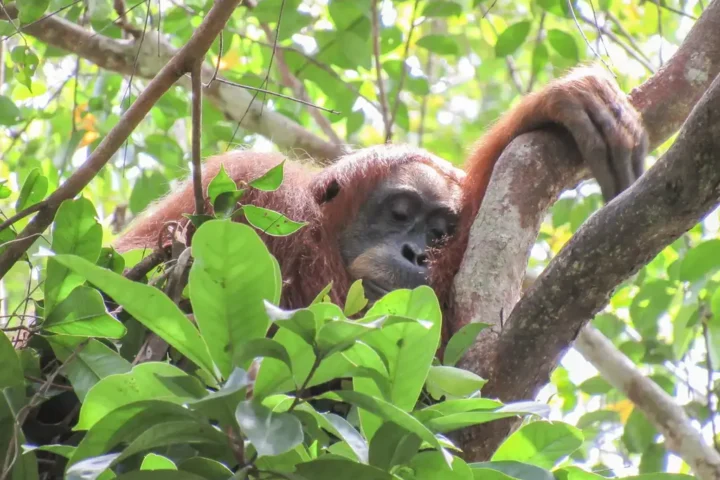
Wild Orangutans Take Power Naps After Poor Sleep, 14-Year Study Reveals Surprising Human Parallels
New research reveals that orangutans, one of our closest living relatives, deal with sleep disruption in a surprisingly human way – they take naps. Scientists from the Max Planck Institute of Animal

Endangered Secretary Bird Chick Thrives at Longleat as Wild Population Falls Below 10,000
An endangered secretary bird chick is thriving at Longleat Safari Park after being hand-reared by dedicated keepers. The chick, now five weeks old, has become a vital addition to global conservation efforts
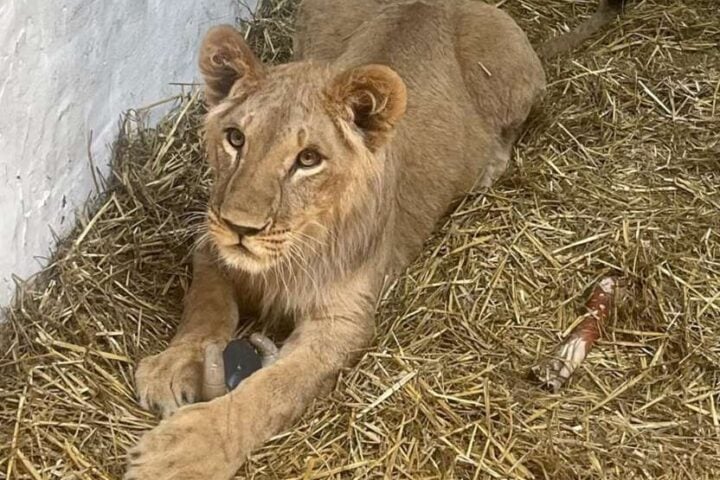
Yorkshire Wildlife Park Launches 2000-Mile Rescue Mission for Ukrainian Lions While Celebrating First Monkey Birth
Yorkshire Wildlife Park is launching a rescue mission to save three young lions from war-torn Ukraine while also celebrating the birth of their first Titi monkey in the Amazonas walkthrough reserve. The
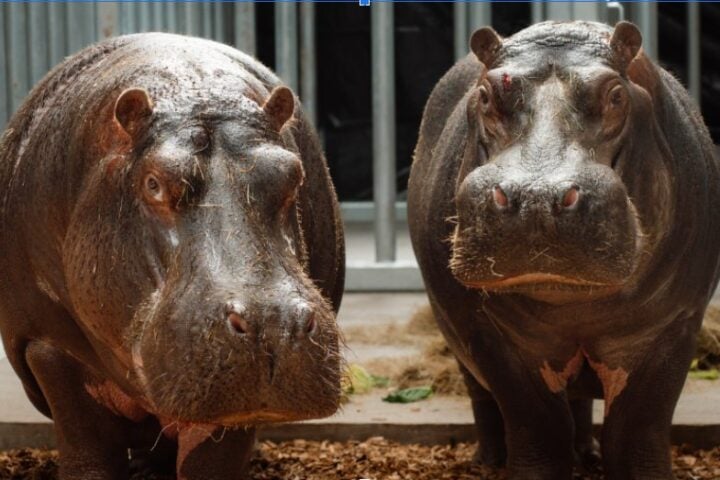
Longleat Safari Park Welcomes Four Hippos to New £2M Facility for Conservation Breeding
Longleat Safari Park has welcomed four new hippos as part of a crucial conservation breeding program for this vulnerable species. The arrival marks a significant milestone after the deaths of beloved hippos
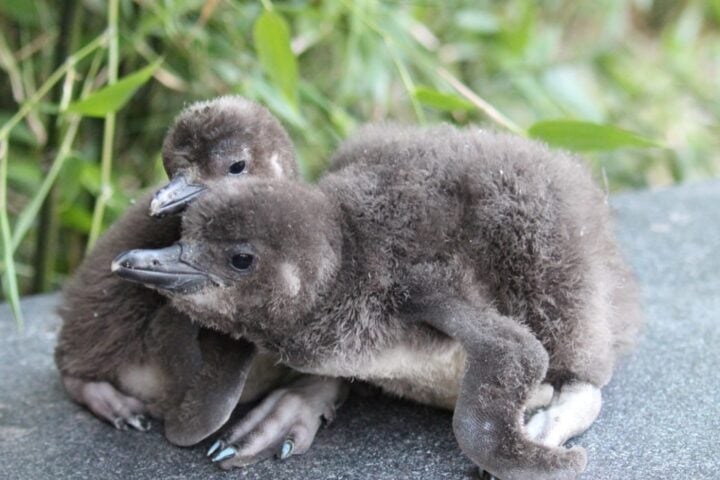
Blue Toenail Polish Helps UK’s Only Magellanic Penguin Colony Track Health of New Chicks at Blackpool Zoo
Tiny penguin chicks at Blackpool Zoo are getting blue nail polish on their toes – but it’s not just for fashion. This creative solution helps zoo staff tell the fluffy siblings apart,
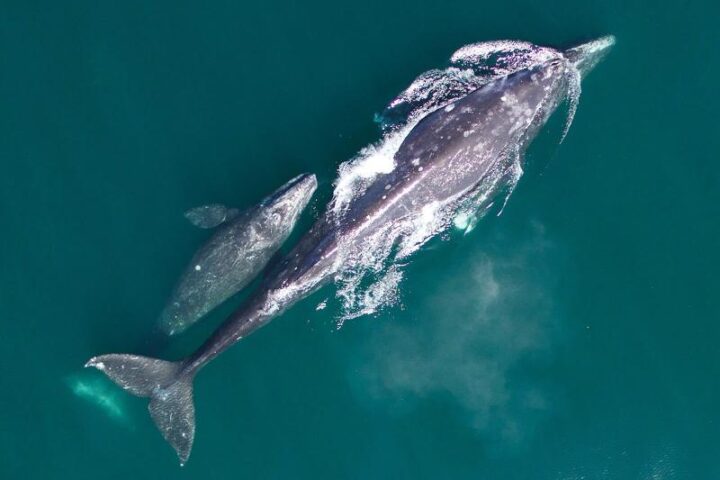
Gray Whale Population Plummets 50%: Arctic Feeding Changes Push Numbers to 1970s Low of 13,000
The Eastern North Pacific gray whale population has plummeted to its lowest level since the 1970s, with alarming declines in both adult numbers and newborn calves. A recent count by NOAA Fisheries

DNA Study Reveals 6 Endangered Fish Species in Singapore-Malaysia Fish Maw Trade Worth Up to $1,184/kg
A new study has uncovered a disturbing trend in Singapore and Malaysia’s fish maw markets. Researchers found DNA from six endangered fish species in dried fish maw products sold in local shops.

4.16 Billion Years: Scientists Confirm Quebec Rocks as Earth’s Oldest in New Study
Scientists have conclusively proven that rocks in Canada’s northern Quebec are the oldest on Earth, dating back 4.16 billion years. The discovery, published in the journal Science on June 26, 2025, settles
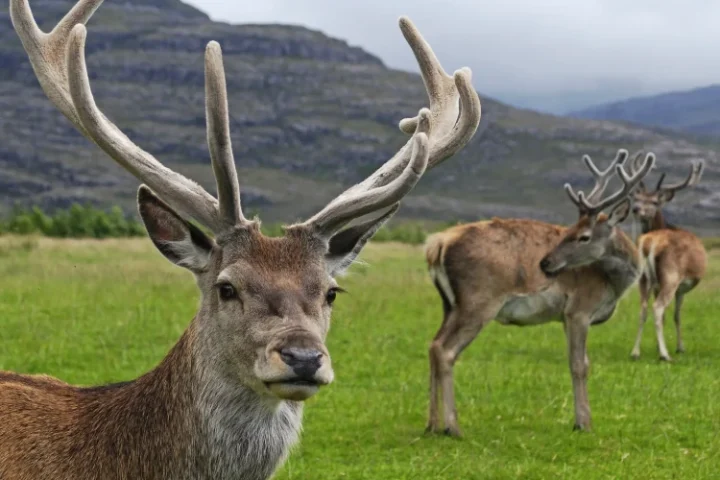
22 GPS-Tracked Deer Reveal Migration Secrets in Scotland’s Pioneering Wildlife Study
Scientists have launched an innovative research project in Scotland’s west Highlands, fitting red deer with GPS collars to track their movements. This pioneering study aims to help land managers make better decisions

TfL Wildflower Verges Hit 390,000m² as 50% Surge Creates 52 Football Pitches of Urban Wildlife Habitat
Transport for London has delivered something that sounds almost too good to be true. The transport authority has added 130,000 square meters of wildflower verges across the capital in just one year.

500 Bird Species Face Extinction by 2125: Even Complete Protection Won’t Save 250 Species
A new study reveals a grim future for the world’s birds, with more than 500 species likely to vanish from the skies within the next 100 years. This alarming finding, published on

Yale Soil DNA Study Reveals 23 Mammal Species in Detroit Parks, Shows How Wildlife Adapts to City Life
Scientists at Yale School of the Environment have developed a groundbreaking approach to tracking urban wildlife using DNA found in soil. This new method gives city planners better tools to protect animals


